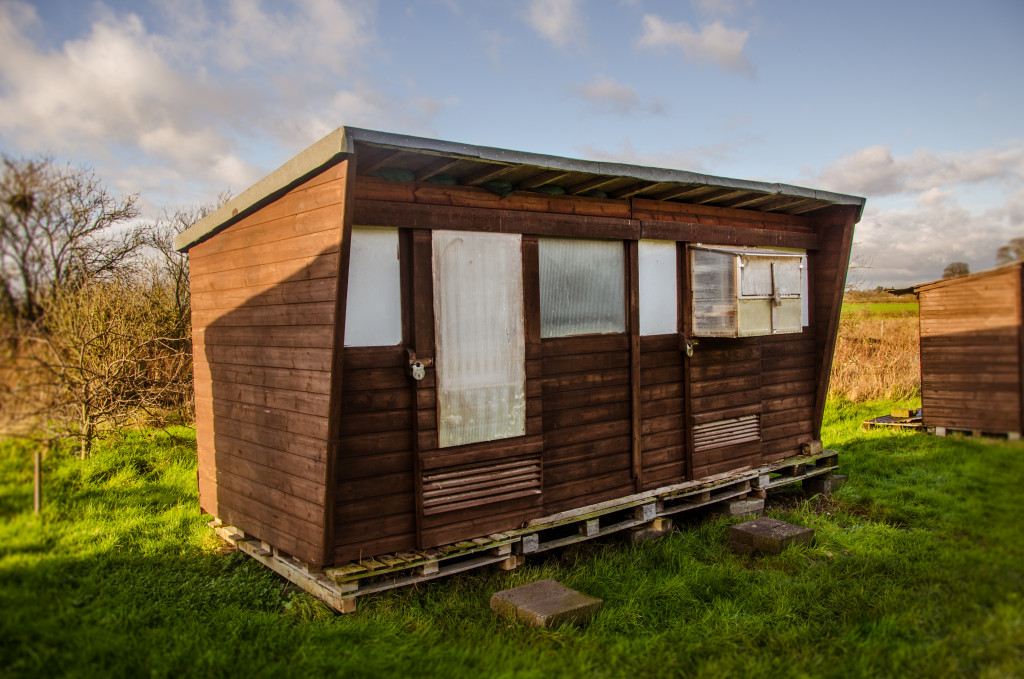The one dream that almost everyone shares is the desire to own a house and decorate it according to their preference. Sadly, not everyone is fortunate enough to have a place to call home since many still struggle to buy one. Today, though, with technology taking over and mankind devising the latest systems, this has become easier. But only if one abandons their fascination over massive villas and penthouses and excepts reality.
With the massive spike in real estate prices, a new home remodeling structure, a tiny home, is gaining popularity. It is shaping architecture and everyday living in ways we never imagined. It is proving to be a blessing to low-income communities and renters, thanks to its affordability. Let’s see what the future of Tiny Home looks like.
Importance and Growth
Tiny homes are generally between 60 and 400 square feet (37.16 square meters) in size and are often installed on wheels so that their occupants can drive them anywhere they go. In addition, given nature, such projects are equipped to be multifunctional and highly personalized. Unlike traditional residences, tiny homes are full-service packages at a lower cost and a potential alternative to temporary and permanent homelessness. As a result, many cities are making the switch to such developments.
This house-moving idea is carving new areas and creating tremendous opportunities in the construction and architectural worlds. This is because aspiring tiny homeowners need professional assistance, and many companies today have stepped in to help them. In addition, with people going green and technology moving ahead, more opportunities await those who are prepared to meet every requirement.
Construction and building professionals and those involved in interior areas such as home decor, carpets, furniture, and accessories have opportunities in the future if they are fit to address their needs tailoring, specifically for tiny living spaces. After all, the concept of a tiny home is to serve all the needs in a compact room while keeping it uncluttered and aesthetically pleasing.
Niches That Benefit the Most
In the previous section, we explored how the tiny home movement is creating excellent business and work prospects in construction, architecture, home decor, furniture companies, and other related disciplines. But did you know that it can also support three other markets? Let’s take a look at which and in what ways.
Nonessentials
This may come as a surprise to you since tiny houses are built for those who are struggling to make ends meet. But, indeed, businesses and markets trading in non-essential and luxurious goods benefit significantly from such homeowners. You must be wondering how?
Well, you see, people save a lot of money to afford even a simple house. However, despite having piled up a significant amount of money, their wish is rarely satisfied due to the continuous rise in prices. And, as I previously said, for them, a tiny home is a huge relief because of the lower purchasing/construction costs. As a result, they end up with additional cash as after their dream home is installed, they don’t see the need to save more.
This spare cash is then spent on delicacies, soft furnishings, decor, amenities, holidays, and other expensive things that they could not previously afford. Their surplus income is also used in enhancing their quality of life, such as installing an air purifier, stained-glass windows, timber floors, French doors ceilings, and new appliances in their tiny homes.
Eco-friendly Industries

Believe me when I say that many liberals go to every possible extent to save their mother earth. One such attempt to reduce pollution levels is the transition to tiny houses as it means less electricity and water consumption. As a result, they design their tiny house by this philosophy, and they usually use biodegradable and sustainable materials in their everyday lives.
Businesses and sectors that profit from this group of homeowners include those who supply solar panels, recycled wood, and reused furniture, and alike.
Real Estate
Sure, real estate prices are skyrocketing, and tiny homes will follow suit shortly, but in a manner that people will afford and profit from. Tiny houses need far less investment than traditional housing. As a result, those looking to earn more or start a side hustle can begin renting out tiny spaces for construction or the tiny home itself.
The tiny home movement is the future, particularly with increasing global warming, the standard of living, fewer work prospects, and so on. Besides, this idea of transportable homes is entertaining and affordable as it helps solve the homeless situations. So, all civil engineers, interior decorators, eco-friendly industries, real estate brokers, investors, side hustlers, and the ever-growing list, brace yourself for the possibilities that the tiny home revolution brings.

